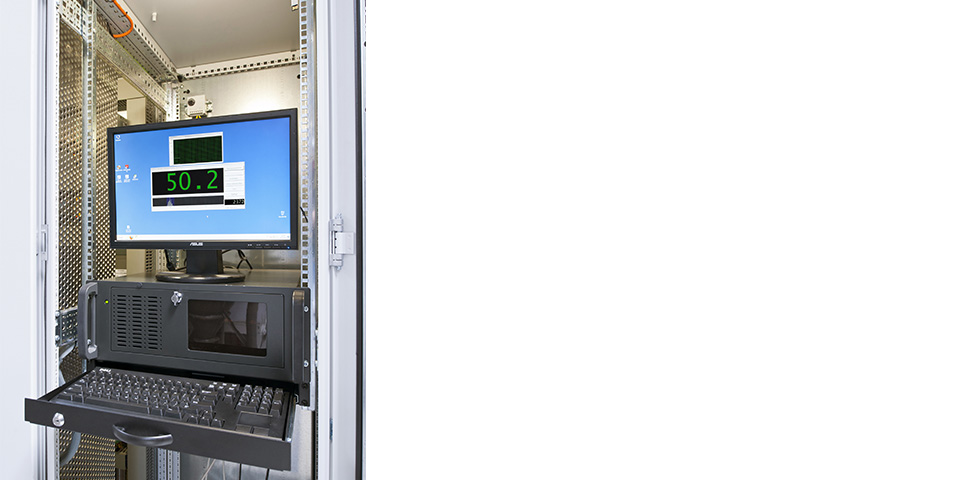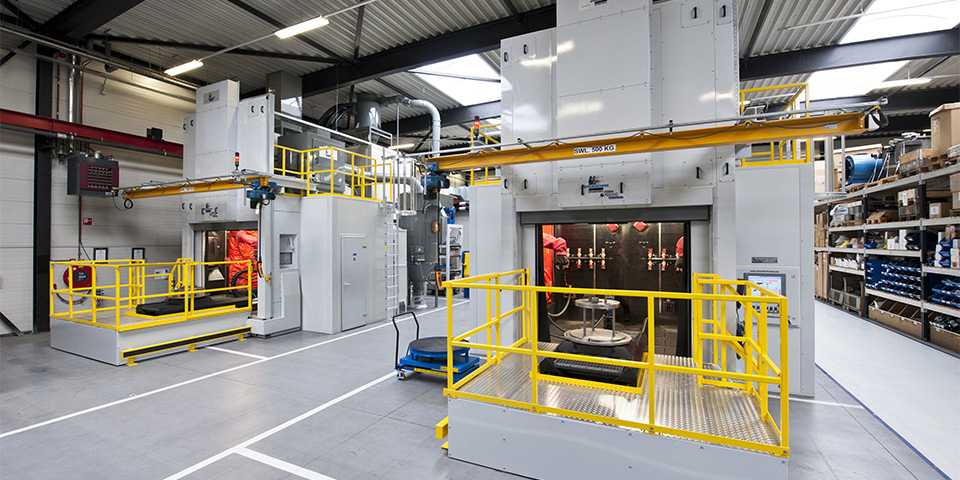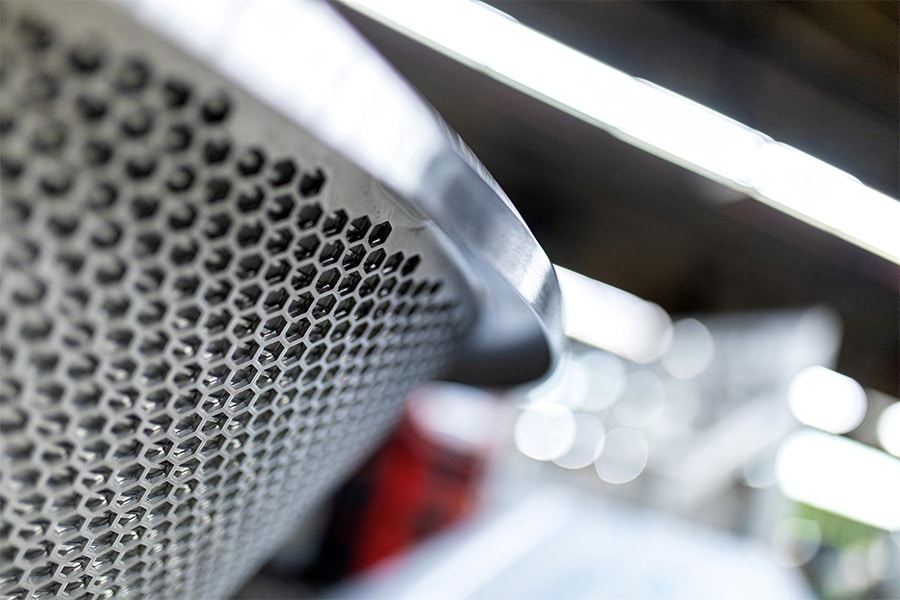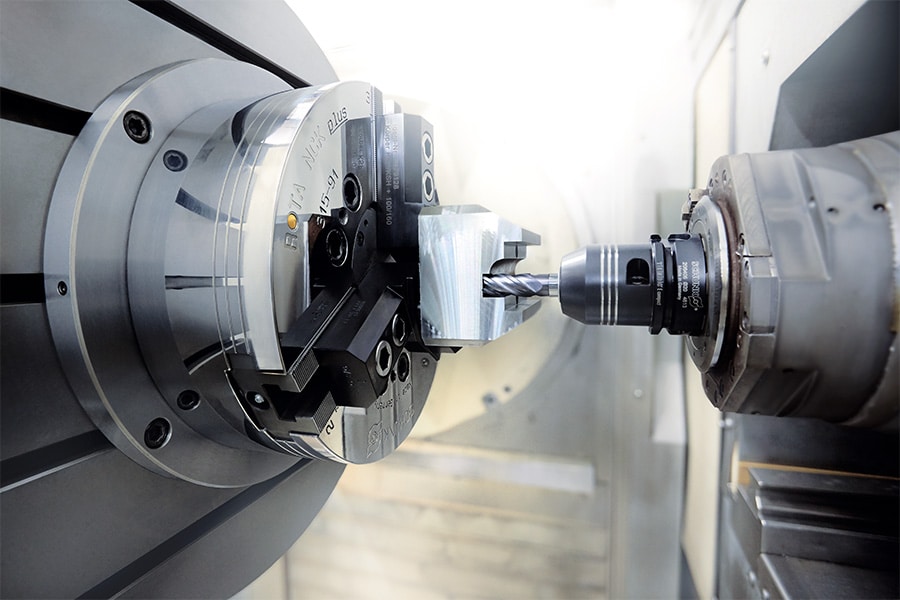
The latest generation of shotpeen machines
Metal gets a hard time in certain applications. Then, to give it a longer life, manufacturers and suppliers use a specific surface treatment: shotpeening. Blasting Technology International has been designing, manufacturing, supplying and assembling shot peening, blasting and paint spraying equipment for 35 years. Working closely with an aerospace OEM partner, the specialist developed the latest generation of fully automatic shot peening machines.

The data measured by the ball velocity sensor is displayed on a PC.
In shot peening, the substrate is bombarded with round balls, the material of which can vary depending on the desired result. This hammers the surface closed, so to speak, which improves the metal's corrosion resistance, increases fatigue strength and service life, and reduces the likelihood of scratches and cracks. Blasting Technology International, an international group with branches in Norway, Sweden, Germany, England, Slovakia, Slovenia, Belgium and the Netherlands, is one of the market leaders in shotpeen systems. "We have been designing, manufacturing, supplying and assembling shotpeen, blasting and paint spraying systems for a wide variety of industries for 35 years," says Marco Klijsen, managing director at Blasting Technology International BV. "Our facility in the Netherlands specializes in innovative shotpeening and blasting systems with a high degree of automation and robotization, primarily for the aerospace industry. Indeed, shotpeening is ideal for applications where materials are subjected to varying loads, for example for aircraft engine parts, landing gear and wing parts."

Blasting Technology International BV developed the latest generation of shotpeen machines in cooperation with an aviation OEM partner.
The latest generation of shotpeen machines
That aerospace sector continues to evolve continuously and the components for the composition of engines for the latest aircraft make high demands in terms of geometry, tolerances and surface treatment, in other words also in terms of shot peening. Therefore, in close cooperation with an OEM partner from this sector, Straaltechniek International developed the latest generation of shot peening machines in which automation is central. "Shotpeening was always associated with highly abrasive material, dust and impact energy, which made automation seem out of the question. This has now changed, as the innovative shotpeening machines are based on the 'green button' process, which stands for a fully automated peening process without manual intervention," Klijsen explained. "The launch of an automated nozzle changing system also represents a big step forward, especially in terms of production speed. After all, with a manual change, the production process has to be interrupted to check nozzle settings and perform new verification tests with almond strips. In the latest generation of systems, the shot peening process is coupled with a magazine with space for four to 20 different nozzles. For each specific shot peening application, the desired nozzle is automatically selected. The integrated RFID technology 'recognizes' whether the correct nozzle is being used." Also in the ceiling of the shot peening booth is a ball speed sensor with optical detectors to record the moving shot and an electronic system with PC to calculate and visualize the shot speed. The data from the peening process is stored for further use. A robot places the peening nozzle to the sensor, which measures the speed and compares it with the required values. Then the shot peening cycle can start. Depending on type, length and internal diameter, each nozzle has its own unique speed. Thanks to this technology, the shot peening process can be monitored very precisely, which can significantly reduce the number of almen strip tests.



